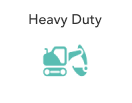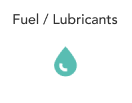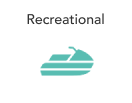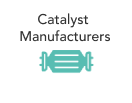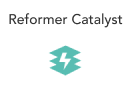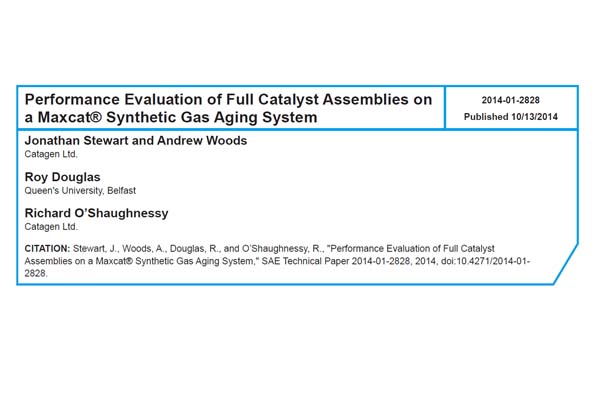ABSTRACT
With emission legislation becoming ever more stringent, automotive companies are forced to invest heavily in solutions to meet the targets set. To date, the most effective way of treating emissions is through the use of catalytic converters. The catalytic converter will deactivate over its lifetime due to a number of different factors, such as, thermal deactivation, poisoning, fouling and structural breakdown of the catalyst. It is therefore of the utmost importance for automotive companies to test the performance of the catalytic converters under these conditions.
Traditionally, catalyst performance testing has been conducted via, vehicle/bench testing, or static thermal aging, with characterization conducted on a laboratory reactor. The disadvantage of vehicle aging is the substantial costs associated with engine testing such as setup and running costs. Static thermal aging using cored samples is more cost
effective however not representative of a dynamic testing.
This study introduces a methodology in which a full catalyst system with a number of canned catalyst bricks is characterized through a range of performance testing and
aging procedures using the Catagen Maxcat at a much reduced cost. The full catalyst bricks are tested on the reactor using synthetic gases which are recirculated throughout the test resulting in the substantially lower running costs. A number of characterization tests are presented such as CO and HC light-offs and sweep tests, with a large amount of information available for each catalyst brick including: catalyst inlet and bed temperatures, downstream and upstream gas concentrations, flow rate and Air Fuel Ratio.


